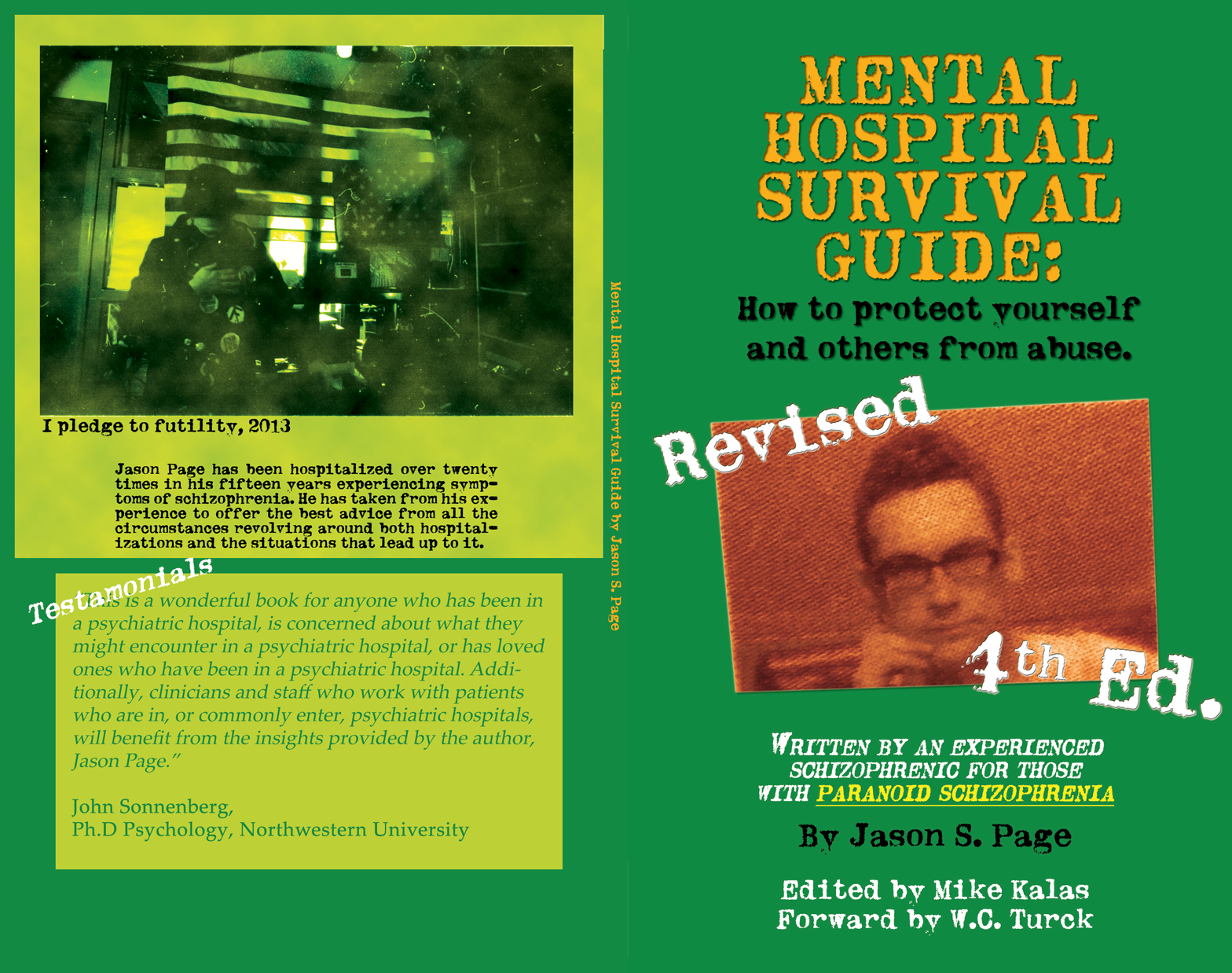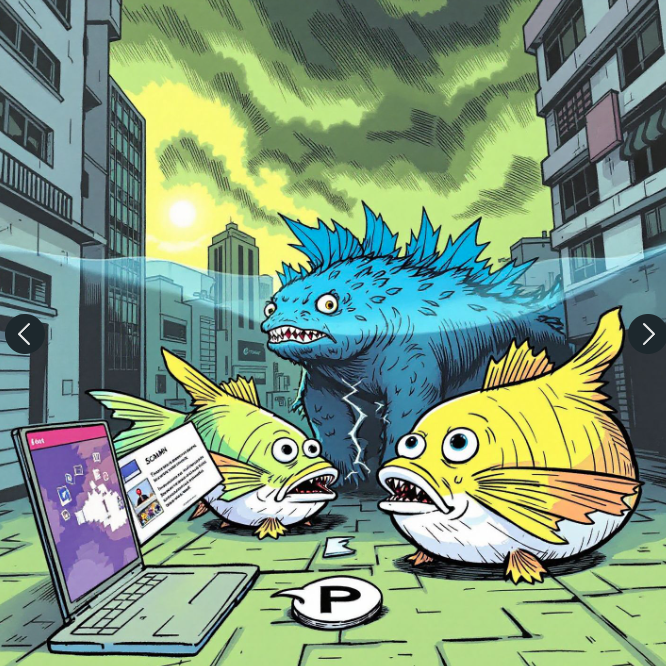Schizophrenia remains one of the most enigmatic disorders in psychiatry, famously illustrated through the life of John Nash Jr., whose battle with the condition was portrayed in “A Beautiful Mind.” This article explores the spectrum of schizophrenia, from types and causes to the intricacies of its symptoms like hallucinations, which can either blend seamlessly with reality or stand starkly apart, influencing creativity and daily life in markedly different ways.
Types of Schizophrenia
Schizophrenia manifests in various forms, each with distinct characteristics:
Paranoid Schizophrenia: Dominated by delusions and auditory hallucinations, with relatively preserved cognitive function (Patel, Cherian, Gohil, & Atkinson, 2014).
Disorganized Schizophrenia: Features disorganized speech, behavior, and a flat or inappropriate affect, focusing less on delusions or hallucinations (American Psychiatric Association, 2013).
Catatonic Schizophrenia: Marked by significant psychomotor disturbances, including extreme negativism or motor rigidity (Merck Manual, 2017).
Undifferentiated Schizophrenia: For cases not fitting neatly into other categories but still displaying schizophrenic symptoms (Mental Health UK, 2019).
Residual Schizophrenia: Characterized by a history of schizophrenia with only negative symptoms or minimal positive symptoms currently present (Mayo Clinic, 2024).
Egosyntonic vs. Egodystonic: Egosyntonic symptoms align with the self, making them less distressing, while egodystonic symptoms clash with one’s identity, causing significant distress (Gourzis, Katrivanou, & Beratis, 2002).
Causes of Schizophrenia
Genetic Factors: Strong genetic links are evident, with heritability estimates high, especially in identical twins (Sullivan, Daly, & O’Donovan, 2012). Genes like DTNBP1 and NRG1 are implicated (Schizophrenia Working Group of the Psychiatric Genomics Consortium, 2014).
Neurobiological Changes: MRI scans reveal physical brain changes, notably enlarged ventricles, suggesting a loss of brain tissue (McGrath et al., 2008). It is suggested that prevents the frontal lobe from fully developing by getting stunt pushed against the skull, causing issues in the coordination of senses and other faculties responsible for impact on a person’s ability to make sound judgments.
Environmental Triggers: Prenatal infections, maternal malnutrition, and early-life stress can exacerbate genetic predispositions (WebMD, 2016).
Hallucinations in Schizophrenia
Hallucinations are a hallmark of schizophrenia but vary widely in their presentation:
Hallucinations in Sync with Reality: As seen with John Nash Jr., where hallucinations were so integrated with reality that they were indistinguishable. These can involve all senses, creating a fully immersive false reality that is hard to separate from actual experiences (Nasar, 1998).
Hallucinations Not in Sync with Reality: These hallucinations are more disjointed from real-world stimuli. They might not mimic external reality but can still be vivid. Such experiences can sometimes inspire creativity, providing unique perspectives or ideas that would be less likely in a non-hallucinating state. This type might involve seeing colors, hearing music, or feeling sensations not aligned with the environment, potentially leading to artistic or innovative outputs (Thalbourne, 2000).
Early Treatments Before Antipsychotics
Vitamin B Overdosing: Once thought to alleviate symptoms due to supposed vitamin deficiencies, now discredited (Hedgecoe, 2001).
Micro-dosing: Historical attempts at micro-dosing with various substances for mental health, though lacking substantial evidence (Hadlich, Kirov, & Lampinen, 2010).
Psychosurgery and Insulin Shock Therapy: These treatments, now considered inhumane, were once used but led to significant side effects without lasting benefits (Gourzis et al., 2002).
Social Issues and Adult Onset
Schizophrenia often emerges in late adolescence or early adulthood:
Legal and Social Adult Status: The onset coincides with achieving legal adulthood, complicating social and personal life (NAMI, n.d.).
Lack of Insight (Anosognosia): Many individuals lack awareness of their illness, leading to poor treatment adherence and social isolation (Cleveland Clinic, 2023).
Challenges of Delusions and Paranoia Delusions: Firmly held false beliefs can lead to withdrawal or aggressive actions based on the content of the delusion (WebMD, 2003).
Paranoia: Can result in social mistrust, strained relationships, or legal troubles if acted upon (Patel et al., 2014).
Schizophrenia’s complexity lies not only in its varied symptom presentation but also in how these symptoms interact with both the individual’s perception of reality and their creative potential. The journey from understanding its genetic basis to managing its profound social impacts reflects the ongoing challenge and opportunity for growth in psychiatric care.
References:
American Psychiatric Association. (2013). Diagnostic and statistical manual of mental disorders (5th ed.). Arlington, VA: American Psychiatric Publishing.
Cleveland Clinic. (2023). Schizophrenia: What It Is, Causes, Symptoms & Treatment.
Gourzis, P., Katrivanou, A., & Beratis, S. (2002). Symptomatology of the initial prodromal phase in schizophrenia. Schizophrenia Bulletin, 28(3), 415-429.
Hadlich, S.J., Kirov, A., & Lampinen, T. (2010). What causes schizophrenia? Science.
Hedgecoe, A. (2001). Schizophrenia and the narrative of enlightened geneticization. Social Studies of Science, 31(6), 875-891.
Mayo Clinic. (2024). Schizophrenia – Symptoms and causes.
McGrath, J., Saha, S., Chant, D., & Welham, J. (2008). Schizophrenia: A concise overview of incidence, prevalence, and mortality. Epidemiologic Reviews, 30(1), 67-76.
Mental Health UK. (2019). Types of schizophrenia.
Merck Manual. (2017). Schizophrenia – Learn about the causes, symptoms, diagnosis & treatment.
Nasar, S. (1998). A beautiful mind: The life of mathematical genius and Nobel Laureate John Nash. Simon & Schuster.
NAMI. (n.d.). What is Schizophrenia?
Patel, K.R., Cherian, J., Gohil, K., & Atkinson, D. (2014). Schizophrenia: Overview and treatment options. PMC.
Schizophrenia Working Group of the Psychiatric Genomics Consortium. (2014). Biological insights from 108 schizophrenia-associated genetic loci. Nature, 511(7510), 421-427.
Sullivan, P.F., Daly, M.J., & O’Donovan, M. (2012). Genetic architectures of psychiatric disorders: the emerging picture and its implications. Nature Reviews Genetics, 13(8), 537-551.
Thalbourne, M. A. (2000). Transliminality and creativity. Journal of Creative Behavior, 34(3), 187-201.
WebMD. (2003). Schizophrenia: Definition, Symptoms, Causes, Diagnosis, Treatment.
WebMD. (2016). Schizophrenia Causes: Why It Happens: Genetics, Environment, and More.
![]()





